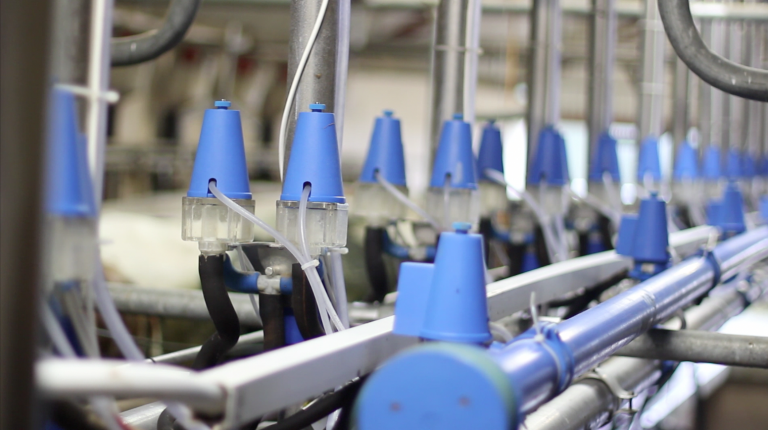It is important that safety precautions are followed on every farm to prevent accidents to both people and livestock. At this time of the year after completing the first cut of silage, farmers turn their focus to spreading slurry especially after the recent rain. Prior to this task, all tanks will need to be agitated.
Agitation is necessary in tanks and lagoons to ensure that the manure can be sucked into a slurry tank easily. Also, agitating provides a more consistent nutrient analysis as manure is being taken from the tank and spread onto fields.
Toxic gases
Agitating is considered a dangerous job as highly toxic gases are produced. When you stir up the bacteria in the decomposition process of manure, these lethal gases are released during this process. Gases given off by slurry contain carbon dioxide, ammonia, methane and the highly toxic hydrogen sulphide. Methane is flammable while hydrogen sulphide has a ‘rotten egg’ smell at low levels but cannot be smelt at higher levels. The risk of these gases releasing themselves are highest once the top crust of the slurry is broken and for at least 30 minutes after. Farmers and contractors need to be aware of the different gases that can be released. If inhaled, it can be fatal to both animals and humans.
The best advice possible is to STAY OUT of the shed.
EVA – “Evacuate and ventilate before you agitate”
We encourage farmers to stop and think before undertaking such a dangerous task. Using the EVA system; evacuate, ventilate, agitate, can help farmers and farm workers stay safe as they prepare to agitate.
Evacuate all animals and people from the shed. It is important to warn any other farm workers, contractors, or family members that agitating will be taking place and prevent access to the building and surrounding areas.
Ventilate the shed by opening all doors, feed gates and any other air outlets available. Be conscious of weather conditions. A calm, windless day is not suitable for agitating, it is best if there is a moderate wind as this will help with the gas dispersal.
Agitating should be done at an upwind and ideally slurry should not rise within 30mm of slats. Farmers should consider putting temporary protection around cover areas to ensure that people and animals are kept at a safe distance from the tank. Once the agitator is removed, the famer or contractor must close the covering immediately to prevent falls. It is also recommended to keep the agitator clean and wash after using to prevent the spread of disease.
Well maintained machinery
It is critical to have all machines in a good working condition and to undertake continuous maintenance checks on them. Farmers need to be cautious of the PTO shaft and ensure that they have all the correct safety covers in place before starting to agitate.
Considering the dangerous nature of agitating, we would recommend the tractor operator to have a second person on the farm. This person may be undertaking another task but should be observing at all times. Also, during the agitating process, it is important to avoid naked flames and not light any matches, lighters etc.
Farmers and contractors can consider buying a gas detector to monitor gas levels around the agitating point. These are a simple handheld device that sends on an alarm when a dangerous reading is detected. Remember these are expensive and need to be calibrated annually and like any device, do not assume they are always accurate. Even with any device follow the safe rules mentioned above.
Care needs to be taken at all times when farming and we encourage farmers to avail of extra help when needed. FRS Farm Services provide a range of services including reliable farm aid to help during busy periods. Contact your local FRS Farm Relief office for more information. www.frsfarmrelief.ie
Find more FRS Co-op news here.




